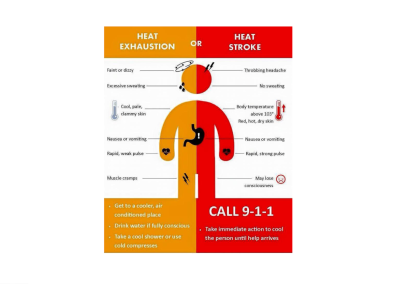Science Source
Long-lead predictions of eastern United States hot days from Pacific sea surface temperatures
- Presents a clustering analysis of daily maximum summer temperatures from US weather stations between 1982–2015 and identifies a region spanning most of the eastern US where hot weather events tend to occur synchronously
- Shows that an evolving pattern of sea surface temperature anomalies, termed the Pacific Extreme Pattern, provides for skillful prediction of hot weather within this region as much as 50 days in advance
- Demonstrates skill using out-of-sample predictions between 1950 and 2015
- Finds that rainfall deficits over the eastern US are also associated with the occurrence of the Pacific Extreme Pattern, offering complementary skill in predicting high temperatures
- Finds the Pacific Extreme Pattern appears to provide a cohesive framework for improving seasonal prediction of summer precipitation deficits and high temperature anomalies in the eastern US
Related Content
Headline

Jun 21, 2016 | AccuWeather
Roads buckle, shatter in central US amid extreme June heat waves
Science Source
| National Weather Service and Penn State University Monograph
Recent Trends in Northern and Southern Hemispheric Cold and Warm Pockets
Richard Grumm and Anne Balogh
Headline

Jun 16, 2016 | Missourinet
Heat and humidity creating dangerous conditions in Missouri
Headline

Jun 16, 2016 | Texas Public Radio
Metro Health Issues Heat Outlook Level III


